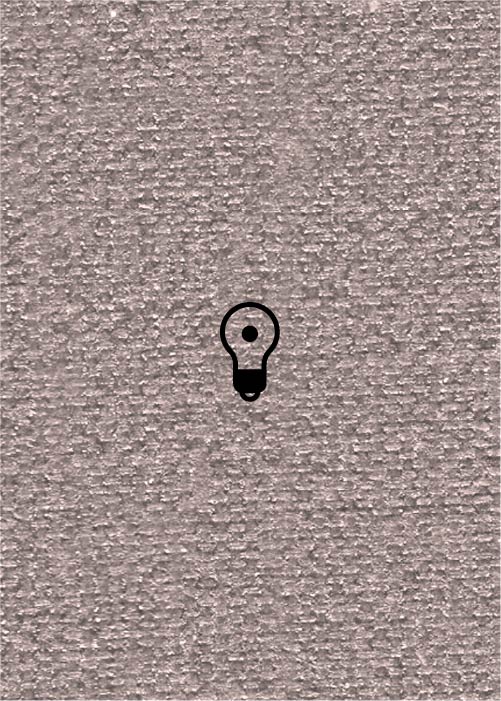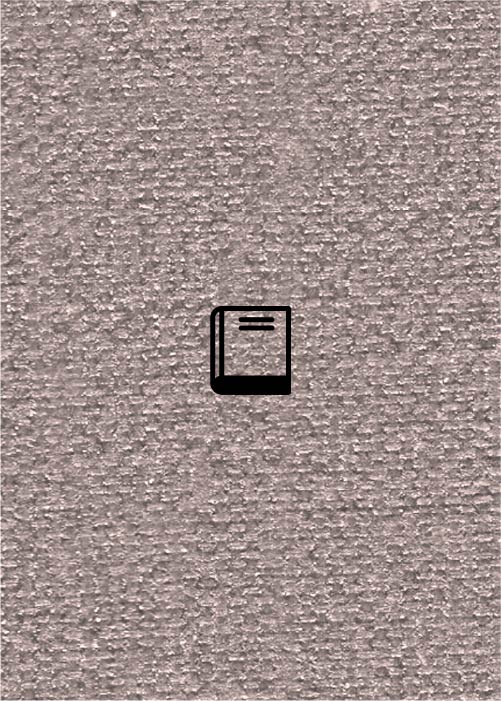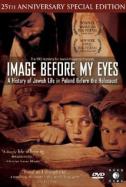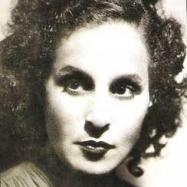(68 results found)
In Zaltsikn Yam - A Yiddish Workers' Song
… General Union of Jewish Workers in Lithuania, Poland, and Russia (Der Algemeyner Yidisher Arbeter Bund in Lite, Poyln, … Republic with full political and national rights for Jews.' Picture taken from the YIVO encyclopedia website . … to the Jewish worker rather than those of the wealthy Jews. The following segment raises the question of who will …

The Israeli Mediterranean Style
… traditions of Yemenite, Persian, and Moroccan Israeli Jews (i.e., the musics of local and regional Arab and Persian Jews) and other Mizrahi and local, Palestinian musical … raised and educated in Central Europe, Eastern Europe, or Russia, developed the Mediterranean style in their music …
Image Before My Eyes
… This film discusses the history and culture of Polish Jews before the holocaust. It tells of the intellectual and cultural life of the Jews in the Shtetl and in the cities. Throughout the film … Jewish Polish soldiers who were accused of treason on the Russian front were sent. … 9 … 34220 … YIVO Institute for …

Karaite Jews Musical Tradition
… Karaite from Kazakhstan. The third melody originated in Russia and was circulated by Ania Janjakovsky. These three … HaḲaraim BeYisrael, 1979-1981. --------- The Karaite Jews in Eastern Europe . Ramleh: Mahon Tiferet Yosef, 2001. … notes. … 692 … 9518 … Karaite … Eliahu Adelman … Karaite Jews Musical Tradition … Rachel Kollender …
Brakha Tzefira
… in Jerusalem, where most of the residents were Sephardic Jews from Salonika. Tzefira had unpleasant memories from her … singer and as a choir conductor on various occasions. The Russian director Alexander Diki saw her in one of Hakumkum's … because of the hardship and humiliation they endured as Jews in Europe, and the will to take pride in their culture. …

Society for Jewish Folk Music
… Violins, Voice and Jews In the spring of 1897, on the eve of the Russian Orthodox Easter, two Russian musicians met in an … Nation : Loeffler, James. 2010. The Most Musical Nation: Jews and Culture in the Late Russian Empire . New Haven: …
Shofet Kol Ha'aretz
… period, apparently predating its use among Sephardic Jews. Manuscript 85 of the Archivio Storico Comunale of … fragments from an order of Selihot of the Ashkenazi Jews in Italy, dated to the 13 th or 14 th century (IMHM, PH … Mahzor at the Institute of Oriental Studies of the Russian Academy in St. Petersburg D 101 (F 69720) includes …
Hebraeisch-orientalischer Melodienschatz, 09[E]: Der Volksgesang der osteuropaeischen Juden [The Folk Song of the East European Jews]
… HOM Vol IX contains Jewish folk songs in Hebrew, Yiddish, Russian, and Ukranian. Each song is printed with … osteuropaeischen Juden [The Folk Song of the East European Jews] …

From Shtetl to Swing
… Documentary. Between 1880 and 1924, 2.5 million Jews fled persecution in Russia and Eastern Europe and arrived in the land of milk …

A Man from Munkasc: Gypsy Klezmer
… explores the symbiotic relationship between the Rom and Jews who lived together before and after World War Two in … etc.), most of the time the klezmer musicians were not Jews but Rom. In fact, the Rom had played with and for Jews … throughout the Soviet Union playing classical, Rom, Russian and klezmer music until his death in1986. His …







![Hebraeisch-orientalischer Melodienschatz, 09[E]: Der Volksgesang der osteuropaeischen Juden [The Folk Song of the East European Jews]](/sites/default/files/styles/search_result_images/public/ToHOMIXtitle_1_thumbnail.jpg?itok=BZkHfPl-)